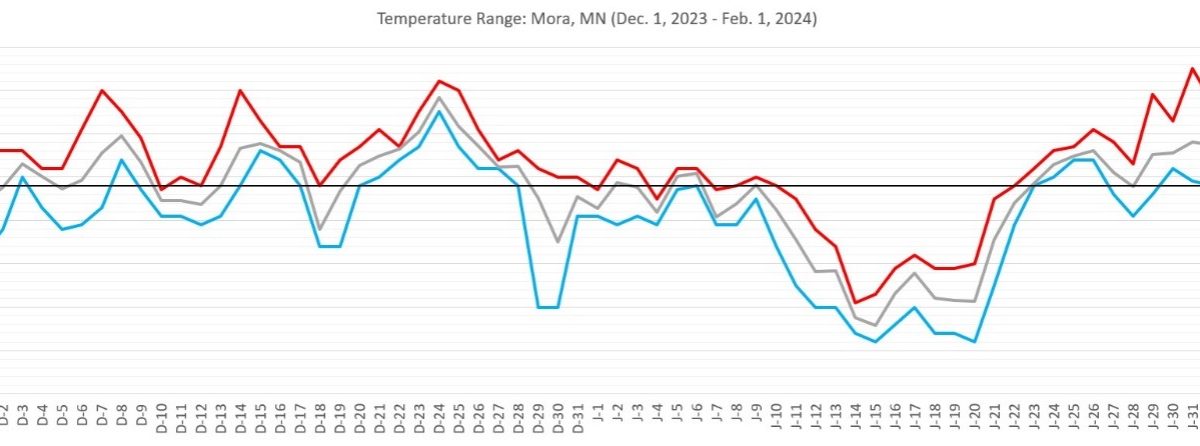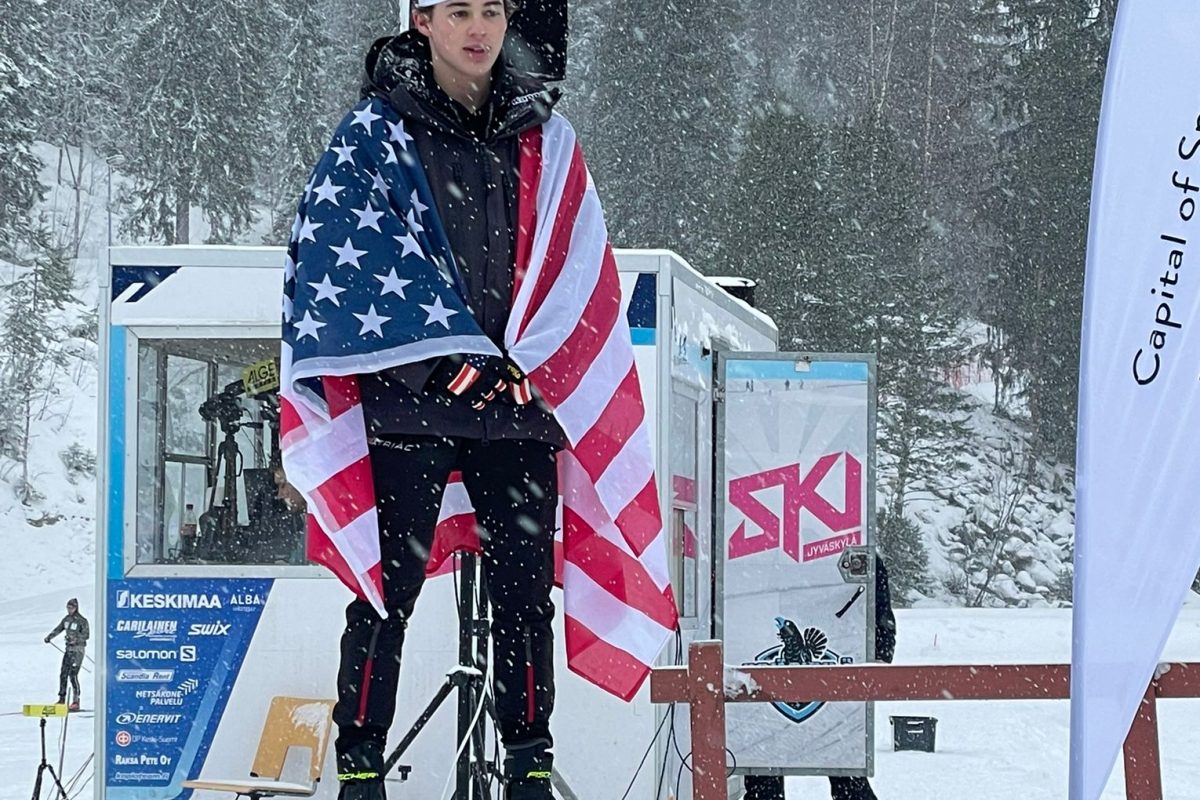
Molly is a rare dog, although let’s go with this premise, all dogs are good. But some, like Molly, might be slightly better. Hailing from a working line of Springer Spaniels in Northern Ireland, Molly now resides in Sweden with her caretakers, Joanna and Michael Sjöö. Both are part-time doping control agents with the Swedish Sports Federation.
Molly is six years old and also works a part-time gig with the Swedish Sports Federation.
With a keen sense of smell, Molly is highly trained. She’s tasked with detecting certain banned substances that allow athletes to improve their performances. Think drug-sniffing dog — like at customs — but the anti-doping variety. Molly’s work-life orbits around assisting with doping controls at training camps or sporting events.
Dogs, for example, can be trained to detect substances excreted in sweat, and falling blood sugar levels from the breath of a diabetic. However, those types of biological marker sniff-tests are not part of Molly’s repertoire. So when Michael and Joanna collect urine and blood samples, those samples are lab tested for banned substances. Molly cannot perform the magic of detecting autologous blood doping or EPO use. That’s beyond her job description.
Molly plays an altogether different role. She detects substances an athlete might be carrying or storing like testosterone and some steroids in powder, liquid, and gel form. The full complement of Molly-detectable banned substances remains a secret. Molly, as it stands, remains the doyenne of anti-doping K-9s: as far as we know she’s the first of her kind.

We were tipped off to Molly’s fine work when Sebastian Samuelsson, a star Swedish biathlete, was visited by Molly during an out-of-competition doping control visit. Like many athletes before him, Samuelsson posed for a photo with Molly.
When Molly makes a visit, as she did with Samuelsson, Molly’s success depends on the commitment of her caretakers.
“One problem is you have to train the dog, the other is you have to find the right people that like dogs and can take care of them, help them perform, and do the necessary maintenance training,” said Michael Sjöö from his home in Sweden where Molly resides. “It’s a responsibility with much necessary work because Molly has to be trained a couple of times every week. We have to get out, even if we don’t want to. I mean, for her it’s fun, it’s playing. And we have to do the play, so she loves it.”
At home, Molly enjoys several lounging spots: all comfortable, yet differing in amounts of direct sun and proximity to people. By all measures, Molly is just a regular dog, except when it’s work time.
“We go unannounced into dressing rooms and locker rooms and all these different places like airports when teams land so Molly can sniff bags arriving at the terminal,” said Michael Sjöö. “At a larger competition or training area Molly can always sniff the athlete’s bags in warm-up areas or locker room, so it usually is quite easy for us to do the work. 99.5% of the athletes, when we are coming, they really think it’s good because Molly sends a good message.”
Molly can sniff bags, but according to her handlers, they are unable to search bags without an athlete’s permission. Either way, When Molly detects a banned substance, the bag’s owner is identified and a doping control test is ordered.
Doping controls are used to either catch dopers or deter athletes from doping in the first place. Those measures have proven imperfect. Molly presents an opportunity to improve the interface between doping control agents and athletes. Doping controls can be an invasive but necessary part of anti-doping. When doping control agents show up with a cuddly Springer Spaniel, the edge is taken off.
“Because of Molly, during doping control, we get much better contact with the athletes. She diffuses any possibly tense situation,” Joanna Sjöö said

Although Michael and Joanna could not discuss any “positive” sniff tests attributed to Molly, they did claim Molly has deterred potential cheaters. They mentioned that on several occasions at a competition or training area, an athlete has noticed Molly then picked up their respective bag and briskly walked away.
“When we see that we always try to find who that person is,” said Joanna Sjöö. “And we send the information to our investigation department, and then the department, for example, gives permission to test that person. So when Michael and I are with Molly and investigating an area and we notice that someone is actually leaving the area, we try to investigate that.”
Several anti-doping agencies have inquired about Molly. Michael and Joanna emphasize that Molly is an investment requiring resources to make her an effective work dog. Molly, for example, completed a rigorous six-month training program while living full-time with a customs agent.
Despite her attention from the media and athletes, it is a dog’s life for Molly. A little work, a little play, a good home. She fights the good fight. Good Molly.
Jason Albert
Jason lives in Bend, Ore., and can often be seen chasing his two boys around town. He’s a self-proclaimed audio geek. That all started back in the early 1990s when he convinced a naive public radio editor he should report a story from Alaska’s, Ruth Gorge. Now, Jason’s common companion is his field-recording gear.



